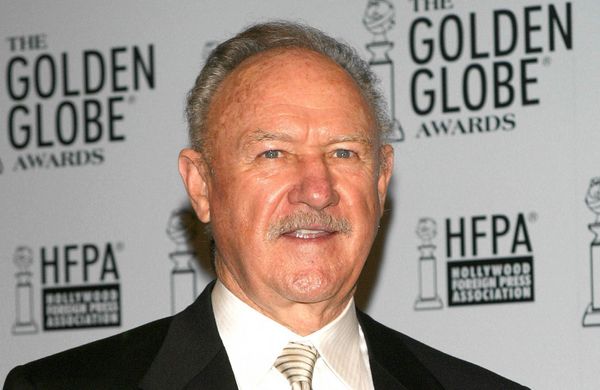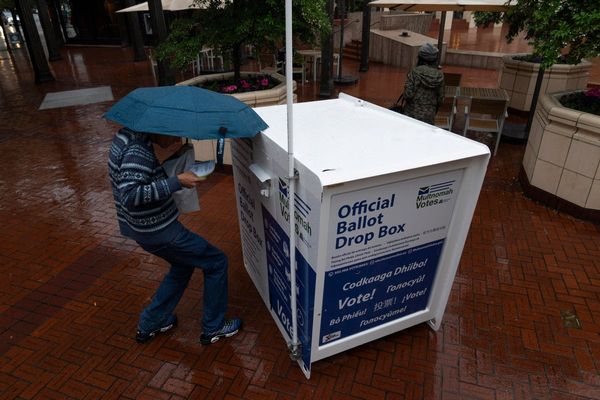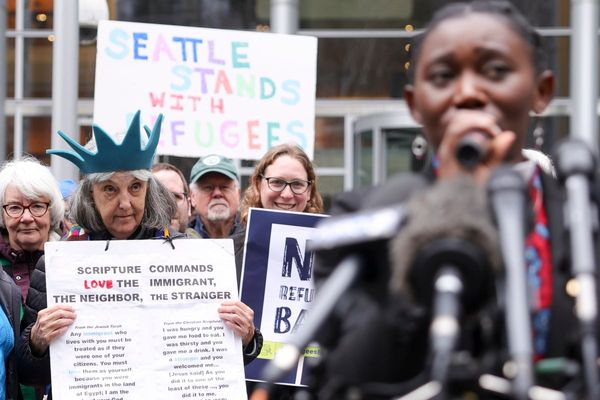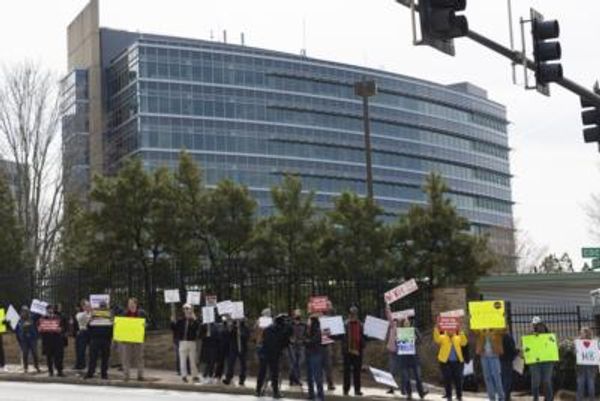
The final hurdle for any immigrant suffering through a bitter Canadian winter or swatting away hordes of summertime bugs is to pledge allegiance to a monarch thousands of kilometres away from the new country they call home.
Queen Elizabeth II was well liked by generations of Canadians, but her death and the ascension of her son Charles have revived a longstanding debate in the country, where support for the monarchy is in steady decline.
But unlike other states that have cut the link with the British crown – or are considering doing so – Canada is likely to remain tethered to the monarchy for no better reason than the convoluted rules that govern its constitution.
Throughout Canada’s 155 years as a nation, a king or queen has served as head of state. Under Elizabeth, it was her favourite destination for a royal visit – of which there were 22 during her 70-year reign.
“Thank you again for your welcome,” she told a rapt crowd in Halifax in 2010 on her final tour of the country. “It is very good to be home.”
The institution she represented, however, has increasingly fallen out of favour with Canadians, a majority of whom would prefer to see it abolished. For some, it’s stuffy and outdated. For others, it bears the weight of history, and the responsibility for centuries of suffering and dispossession of Indigenous peoples.
Nowadays, immigration drives Canada’s population growth and with many new Canadians arriving from countries that also suffered under colonialism, scepticism of the monarchy is only likely to grow, said Jonathan Malloy, a professor of political science at Carleton University who specializes in the study of parliamentary institutions.
But even so, the monarchy is likely to remain.
“I’ve never really seen a serious discussion in Canada of exactly what steps would need to be taken to eliminate the crown and come up with a new sort of state structure,” said Malloy, pointing out that unlike other Commonwealth nations, Canada has never had a strong or “serious” republican movement.

“What people don’t often realize is that the crown underlies everything: our legal and constitutional system, our parliamentary system. It’s everything,” said Malloy. “And to get rid of it isn’t as simple as severing the ties, or swapping ‘crown’ with ‘state’ in key documents.”
Under the 1982 Constitution Act, in order to sever ties with the monarchy, Canada would need approval from the House of Commons and the Senate, as well as the unanimous consent of all 10 provinces. But that would be nearly impossible, as provinces would fear that changes to the constitution could mean surrendering powers to the federal government.
Canadians also have vivid memories of a tumultuous period in the 1980s and 1990s that included two failed attempts to amend the constitution and a brush with separatism that left leaders wary of dramatic change.
Any political leader looking to abolish the monarchy would need to stomach significant disorder and confusion, as well as a wave of competing visions for a reformed constitution.
“Any ‘solution’ could cause more problems than it solves,” said Malloy. “In a way, people do recognize that the system – even though it is weird – does have its strengths and works.”
Elizabeth’s death has come amid a larger reckoning over Canada’s past, its relationship to the crown and a legacy of colonial violence.
After unmarked graves were discovered at the site of former residential schools more than a year ago, a harsh spotlight has been cast on Great Britain’s role in the country’s history.
The grim discovery prompted a furious backlash – in which statues of Elizabeth and Queen Victoria were toppled by protesters – but also a sustained debate over the long shadow of the country’s colonial past.
Niigaan Sinclair, a professor of Native studies at the University of Manitoba, said that Indigenous views towards Elizabeth were varied and nuanced. Many saw her as a matriarch, a strong woman who cared about and led her family and community – and thus lived by values Indigenous people cherish and respect. But simultaneously, the Queen presided over “the most genocidal policies in history”, said Sinclair.
Indigenous leaders often pleaded with her during official visits to Canada to advocate on their behalf to the federal government. The Queen promised to act, but nothing ever came of it, said Sinclair.
He pointed to her 1970 visit to Manitoba, when David Courchene, chief of the Manitoba Indian Brotherhood, asked the Queen why Canadians were so rich, while his people were so poor. Courchene asked if that disparity was a fulfilment of the treaties her ancestors had signed.
Particular frustration has focused on the Queen’s perceived failure to intervene to prevent neglect and abuse in residential schools, Sinclair said.

“She was extremely happy to use us for her public image. She had an opportunity to advocate in life-and-death situations and she didn’t do anything, so it’s hard to have a legacy of being proud of somebody like that,” said Sinclair.
The relationship between Indigenous peoples and the British royal family predates Canada’s foundation as a country and is largely embodied in treaties signed in the 1700s.
That long history means Indigenous views about the role of the sovereign in Canada are ambiguous and varied, said George Lafond, a former treaty commissioner for the province of Saskatchewan.
And the relationship was further complicated when the Canadian government implemented the Indian Act in 1876, a sprawling piece of legislation that sharply restricted Indigenous autonomy.
This move “pushed everything aside”, Lafond said, leaving First Nations to question the crown’s sincerity in its negotiations. “Why did the crown let that happen?” he said.
Yet the Union Jack is still flown at powwows.
“[My father] served the King and country, along with many other Indigenous men who fought for the symbols, language and culture of Britain,” said Lafond. “I have an obligation to his generation to respect what they did in their time.”
Sara Mainville, a Toronto-based lawyer specialising in treaty implementation and governance, says the treaties her ancestors signed with the crown represent a statement of trust that both nations could live peacefully side by side – and undoing those could be “traumatic” for many nations.
“These treaties are a spiritual agreement, something that was solemnized in ceremony. We smoked the pipe afterwards. It’s not something that can be renegotiated. It’s a living thing. We need to honour its existence, and feed it and nurture it,” she said.
Decades of neglect by the federal government represent a failure of the state to uphold its obligations – not of the treaties themselves, she said. For Mainville, the 1764 Treaty at Niagara set the stage for how Indigenous nations saw their relationship to the crown – one of mutual aid and benefit.
“I see the treaties as an opportunity for both nations to be successful. The Indigenous perspective of treaty making is it’s a win-win. So why are we suffering?” said Mainville, who also served as chief of Couchiching First Nation. “Because the honour and trust has been broken.”
Mainville said if the relationship to the crown were to end, there was little trust among Indigenous nations that Canada’s federal or provincial governments, which have repeatedly failed in their duties, would negotiate new treaties that would hold Indigenous nations as peers.
“The reality is, that’s just not going to happen.”







